
by Evan Spencer
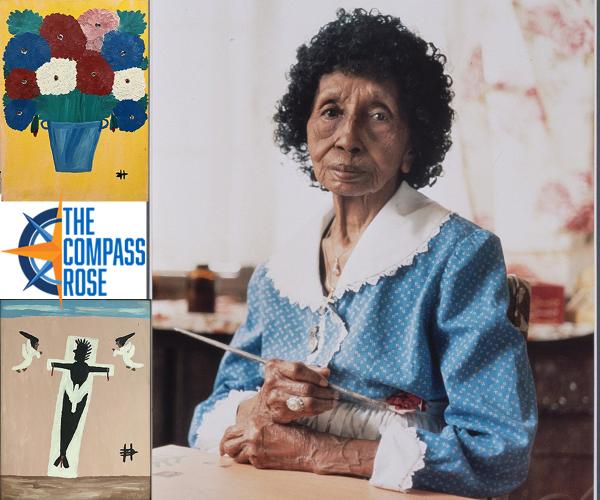

by Evan Spencer
By Mya Lewis and Leah McCurdy
The purpose of The Compass Rose is to raise awareness of Special Collections’ resources and to foster the use of these resources. The blog series also reports significant new programs, initiatives, and acquisitions of Special Collections. Today, Special Collections presents a special guest post from Art History alumna, Mya Lewis, and her former professor, Dr. Leah McCurdy. Mya offers context and descriptions of four Clementine Hunter paintings held in the UTA Libraries' Special Collections' Multicultural Collection. Her work is sponsored by SPCO and by the Art & Art History Diversity, Equity, and Inclusion Committee in celebration of Black History Month.
Mya Lewis has done her alma mater proud! After working in two distinct internships with Special Collections, Mya graduated from the Art History program in Spring 2020. From there, she earned an internship with the Center for Folklife and Cultural Heritage at the Smithsonian Institution. Then, she took on a prestigious internship with the National Museum of African American Culture and History, also part of the Smithsonian Institution. Both these experiences allowed Mya to explore the history and current trajectories of African American art and craft.
Given her expertise, Mya was the first person we contacted when SPCO needed professional-quality descriptions of four Clementine Hunter paintings, two of which are currently on display for Black History Month. Mya was so excited to learn that four Hunter paintings are preserved in the SPCO collection and can be viewed by any member of the UTA community or the public! Hunter was a prolific and renowned Black folk artist who provides us today with an understanding of her life in the South just after the Civil War era and into the late 1980s. To ensure that people are aware of the importance of Hunter’s work, Mya offers the following narrative of Hunter’s life, work, and legacy alongside the very paintings we celebrate!
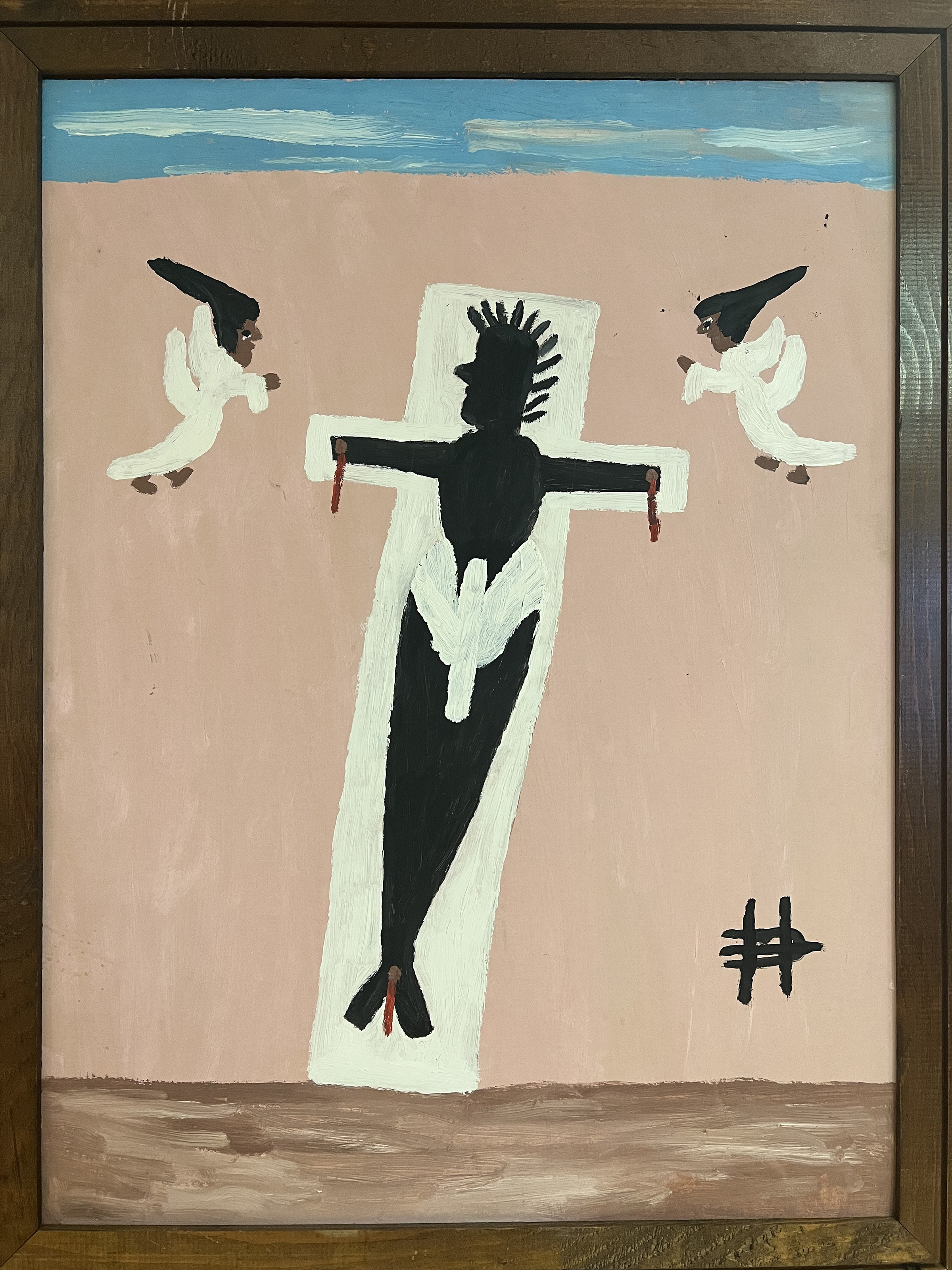
Figure 1: Black Jesus, Clementine Hunter (1886 – 1988), oil on canvas, UTA Libraries’ Special Collections, accessioned February 19, 1980. On view at SPCO through February 2022.
Born at Hidden Hill Plantation in Louisiana in 1886, Clementine Hunter began her artistic practice on Melrose Plantation. She was a self-taught artist, sewist, muralist, cultural and social historian, mother, and so much more. She was often inspired by her Christian faith as a Black, domestic worker living in the South. At the center of Figure 1, Hunter depicts Black Jesus crucified on the cross with blood trickling from his stigmata wounds. Two Black angels fly on either side of Jesus with elongated hair styles and white robes flying outward from the Christ-like figure. His crucifixion recalls the historic suffering of Black people but also the strength Black communities find within religion.
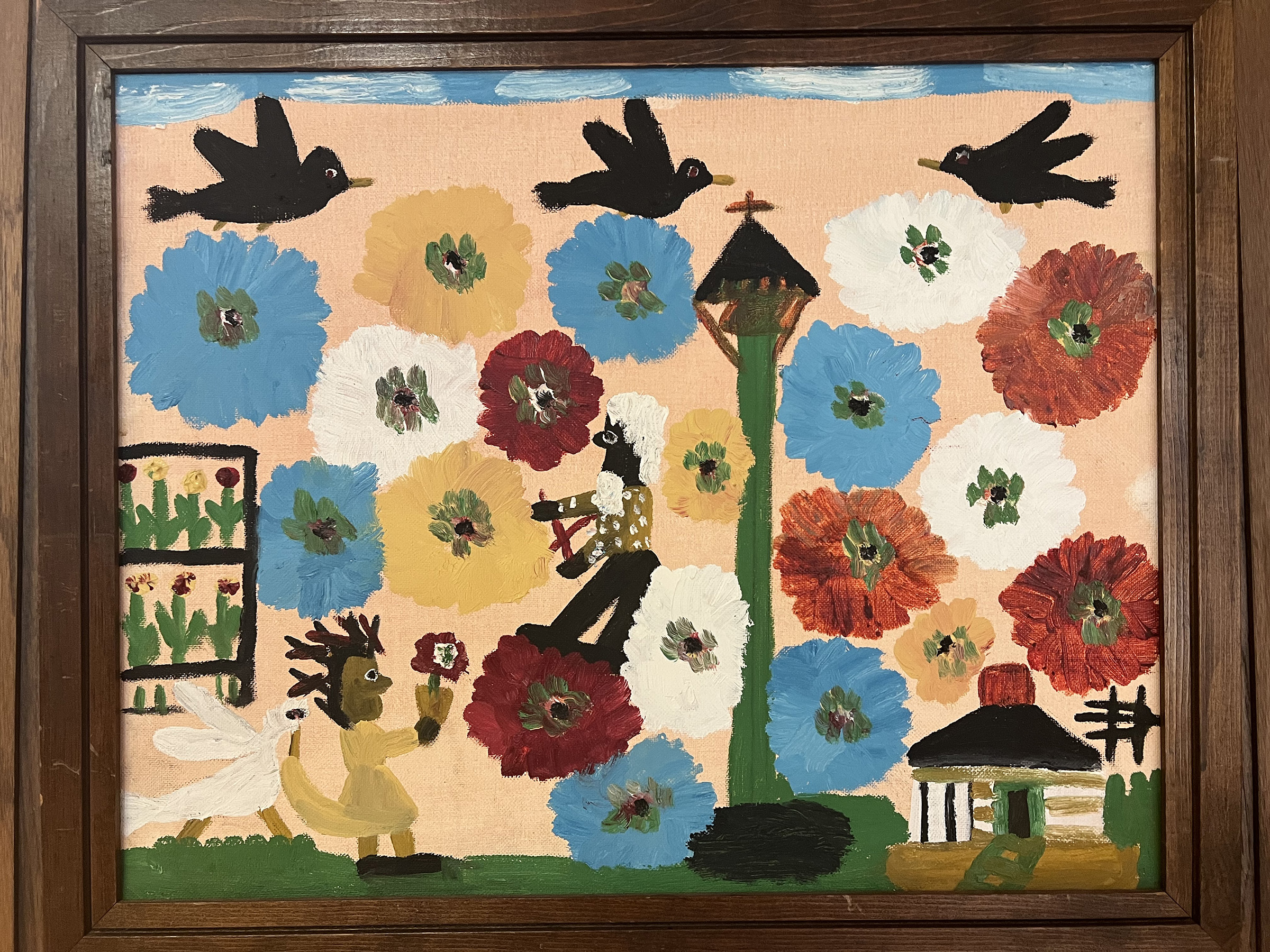
Figure 2: Scene with flowers, birds and figures, Clementine Hunter (1886 – 1988), oil on canvas, UTA Libraries’ Special Collections, accessioned February 19, 1980. On view at SPCO through February 2022.
Often referred to as the Black Grandmother Moses, Clementine Hunter painted religious scenes, daily life, and plantation landscapes while living at Melrose Plantation. Melrose Plantation was run by a mixed-race Creole woman who invited folks from all over to live as artists-in-residence. In Figure 2, Hunter depicts Uncle Tom, from Uncle Tom’s Cabin by Harriet Beecher Stowe, floating in a bed of brightly colored flowers, most likely Zinnias which were the artist’s favorite. The composition is separated by the green post with a cross at the top. Uncle Tom’s Cabin can be seen in the distance at the bottom right corner. In the opposite corner, Hunter depicts a goose, a child holding a flower, and a flowerbed. Hunter disregards traditional means of scale and perspective to render her own vibrant visions, transcribing plantation life, its folklore, and her home.
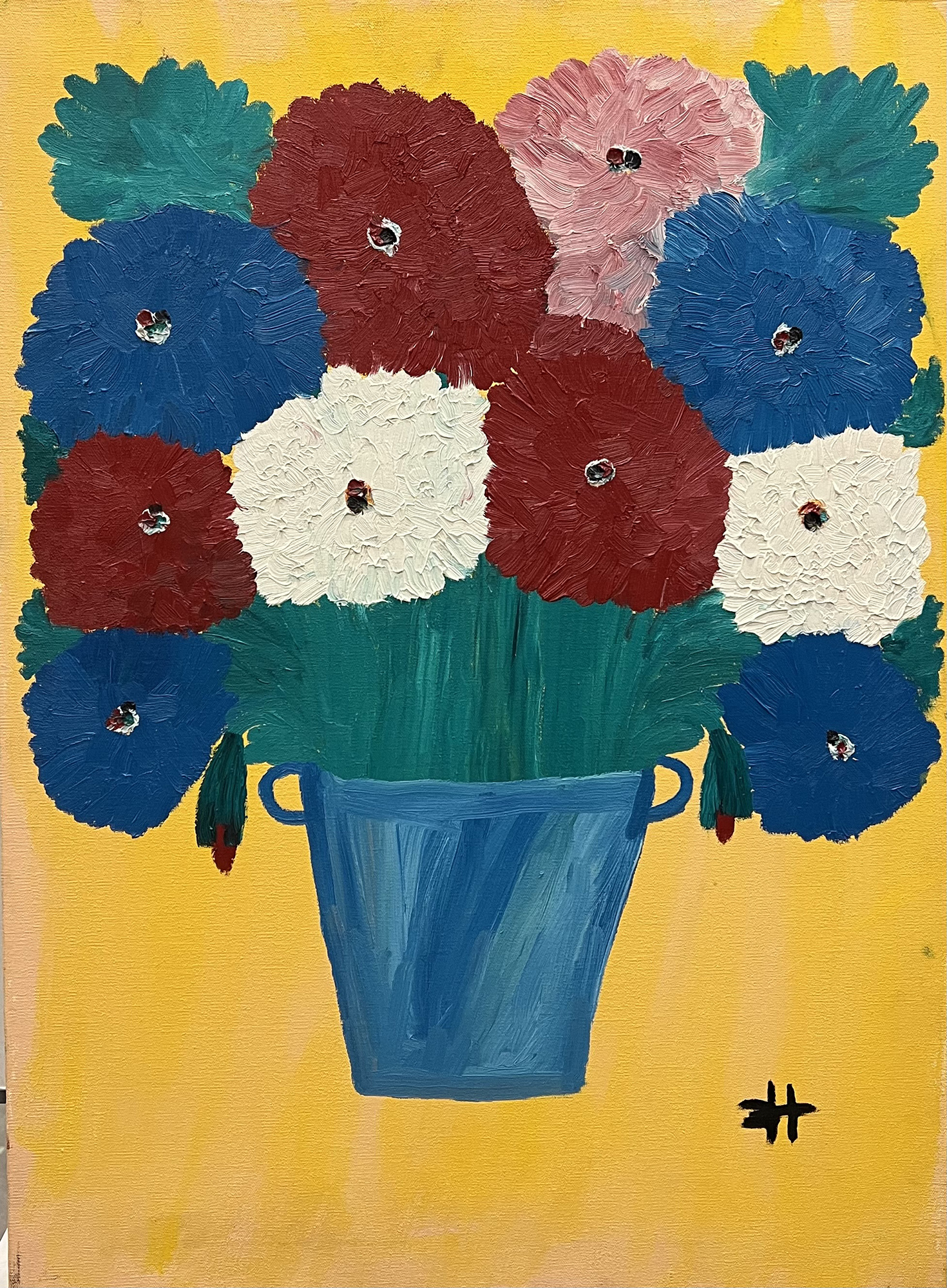
Figure 3: Blue pot with flowers, Clementine Hunter (1886 – 1988), oil on canvas. UTA Libraries’ Special Collections, accessioned February 19, 1980.
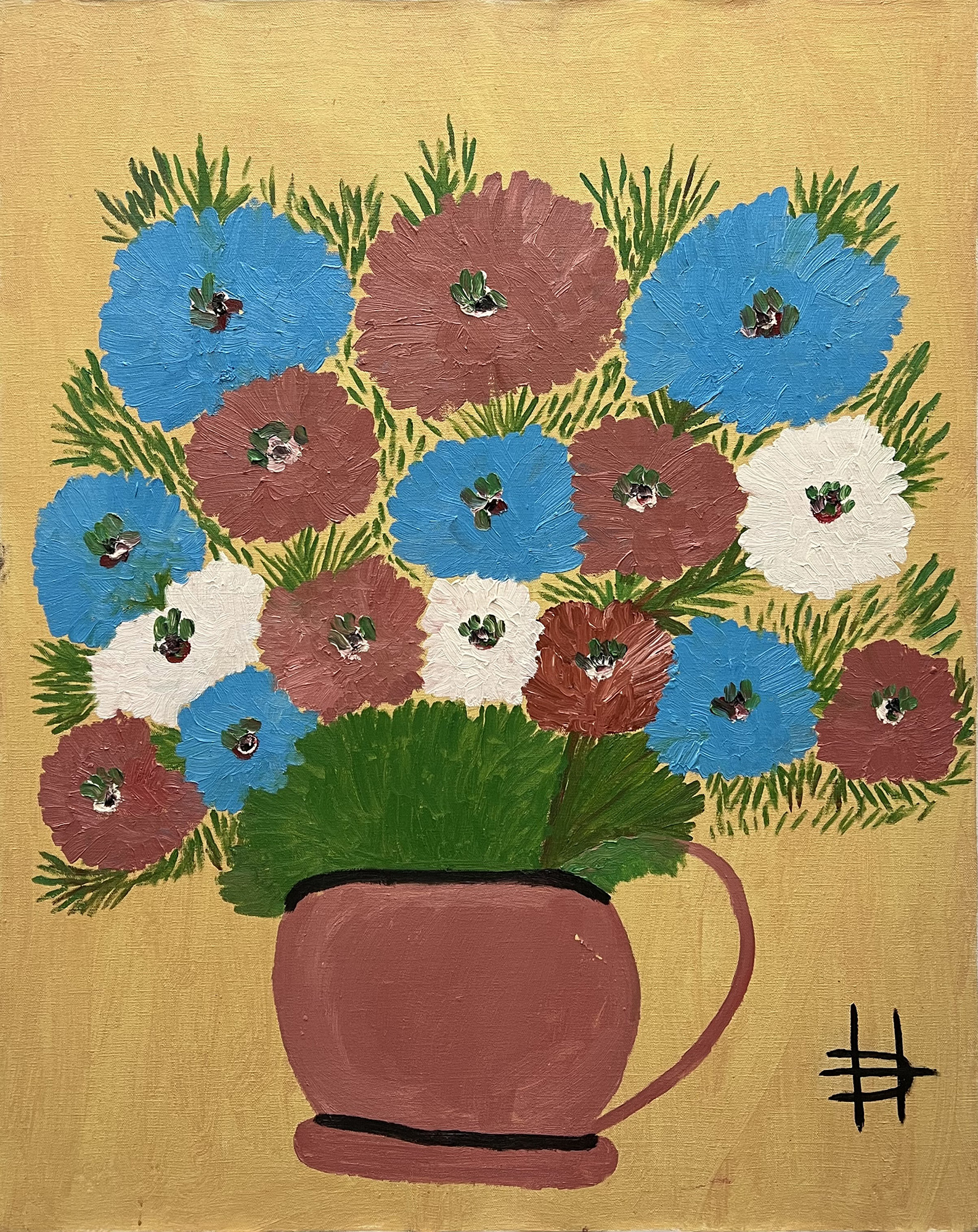
Figure 4: Pink pot with flowers, Clementine Hunter (1886 – 1988), oil on canvas, UTA Libraries’ Special Collections, accessioned February 19, 1980.
Figure 3 depicts a colorful bouquet of zinnias in a blue flowerpot. The red, blue, white, and pink zinnias contrast with the yellow background. Figure 4 depicts a large, colorful bouquet of zinnias in a pink flowerpot. Like in Figure 3, the red, blue, and white zinnias contrast with the yellow background. Green foliage peeks out between the sprouted flowers and at the base of the flowerpot. Hunter produced many paintings of this type. Zinnias were the artist’s favorite flower.
In all four paintings, Hunter’s initials [CH] are seen in the bottom right corner, with the “C” written backwards. During her lifetime in 1955, Hunter became the first African American artist to have a solo exhibition at the New Orleans Museum of Art. In addition to the four paintings in the UTA Special Collections, Hunter’s works are housed in the permanent collections of the Dallas Museum of Art, the American Folk Art Museum, the High Museum of Art in Atlanta, the Smithsonian American Art Museum, the Smithsonian National Museum of African American History and Culture in Washington, D.C., among others.
Lead image of Clementine Hunter holding a paint brush courtesy of the Schlesinger Library on the History of Women in America at Harvard University.
Add new comment